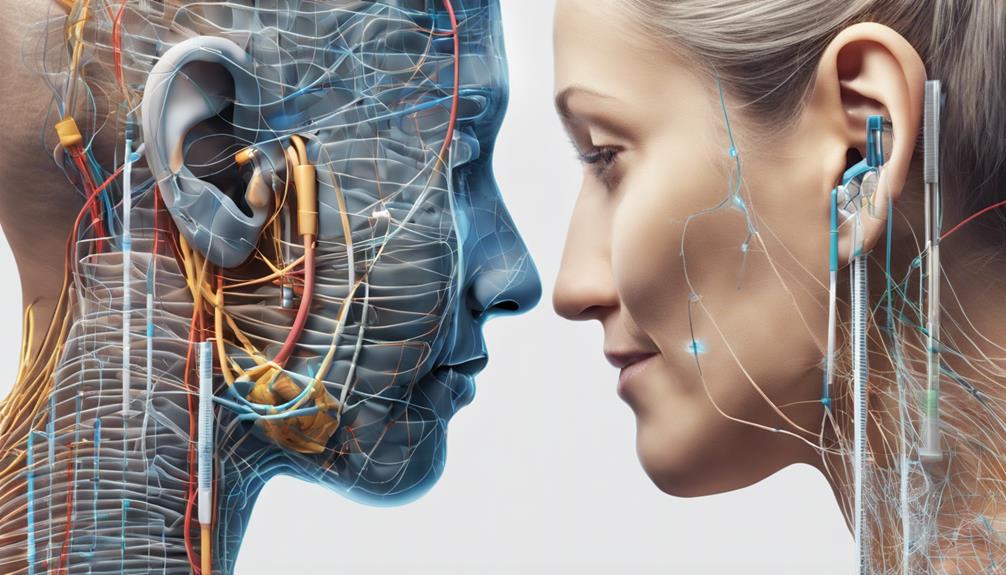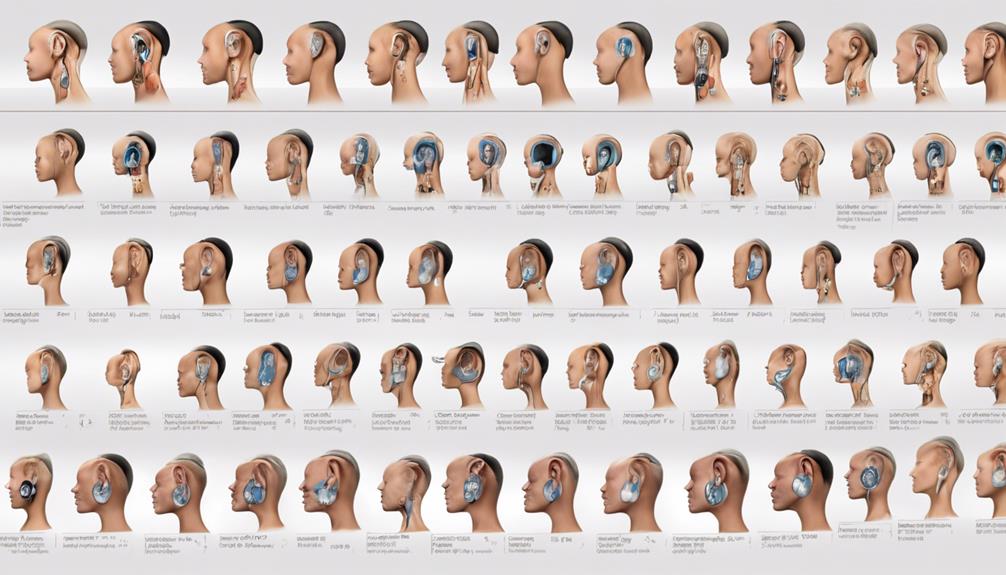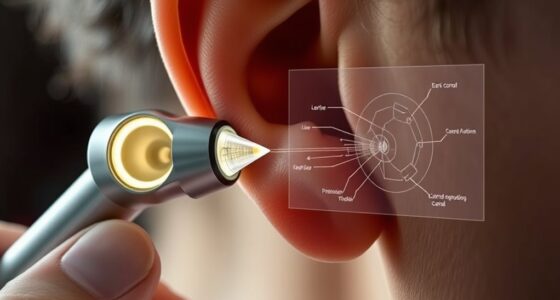Navigating the intricate world of medical coding, finding the precise ICD code for hearing loss in the right ear can feel like solving a difficult puzzle. Choosing the correct code is essential to guarantee proper documentation and reimbursement.
Join us as we unravel the intricacies of coding for hearing loss in the right ear, exploring essential tips, compliance considerations, and valuable resources that can elevate your billing practices to new heights.
Key Takeaways
- Utilize specific ICD-10-CM code for accurate billing of hearing loss in the right ear.
- Incorporate descriptors like sensorineural, conductive, or mixed for precise coding.
- Follow ICD-10 guidelines to prevent errors and ensure proper reimbursement.
- Consider documentation details and coding tips to enhance compliance and accuracy.
Understanding ICD-10-CM Coding Basics
In mastering the art of medical coding, understanding the fundamentals of ICD-10-CM is essential for accurate documentation and billing. When dealing with conditions such as unspecified hearing loss in the right ear, it's crucial to grasp the coding basics to ensure proper identification and classification within the Diseases of the ear and mastoid process category.
One key aspect to remember is the Excludes1 conditions, which indicate codes that shouldn't be used together. For instance, conditions like abnormal auditory perception and noise-induced hearing loss fall under this category. Familiarizing oneself with specific chapter guidelines and crosswalks to ICD-9-CM codes can significantly aid in accurate coding.
When documenting cases involving the right ear, attention to detail is paramount. Utilizing the appropriate ICD-10-CM code, such as H91.91 for unspecified hearing loss in the right ear, is essential for precise billing and proper reimbursement. By adhering to coding guidelines and understanding the nuances of Diseases of the ear and mastoid process, healthcare professionals can ensure accurate coding practices.
Identifying Specific ICD Codes

Transitioning from our foundational knowledge on ICD-10-CM coding basics, we now focus on identifying specific ICD codes, starting with the code H91.91 for unspecified hearing loss in the right ear. When it comes to medical coding for ear-related conditions, accuracy is paramount.
- Sensorineural Hearing Loss: Understanding the distinction between sensorineural, conductive, and mixed hearing loss is crucial for proper coding.
- Free Trials: Some medical coding software providers offer free trials, allowing medical coders to practice using specific ICD codes.
- Mixed Hearing Loss: This condition involves a combination of sensorineural and conductive hearing loss, requiring meticulous coding for accurate documentation.
- Instructions: Always refer to the latest ICD-10-CM guidelines and instructions to ensure precise code selection for ear-related diagnoses.
Mastering the intricacies of ICD coding for ear conditions like hearing loss empowers medical coders to provide accurate information vital for effective diagnosis and treatment planning.
Documentation and Coding Tips
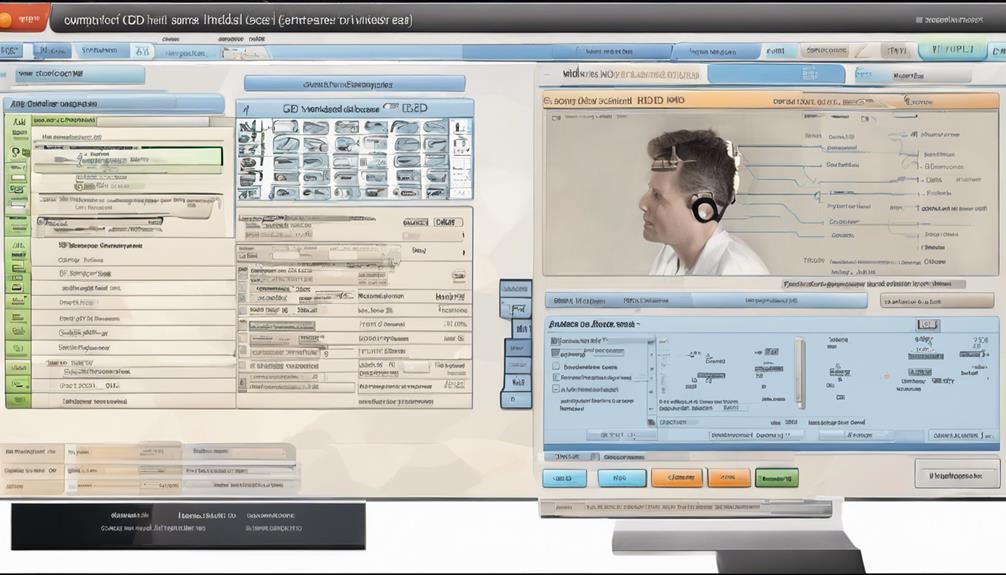
For precise documentation and accurate coding of hearing loss in the right ear, it is crucial to include specific descriptors indicating the type of hearing loss present. Utilizing terms like sensorineural, conductive, or mixed hearing loss can aid in understanding the nature of the condition. Additionally, incorporating laterality (right ear) in the diagnosis is essential to ensure proper coding and avoid errors. Providing detailed information on any associated symptoms or causes of the hearing loss in the right ear can further enhance the accuracy of the documentation.
When documenting hearing loss in the right ear, it is important to adhere to ICD-10 guidelines to prevent coding errors. Here is a table summarizing key points for documenting and coding hearing loss in the right ear:
| Aspect | Importance | Example |
|---|---|---|
| Specific Descriptors | Essential for coding | Sensorineural hearing loss |
| Laterality | Must include | Right ear |
| Associated Symptoms | Aid in diagnosis | Tinnitus, ear pain |
| ICD-10 Guidelines | Follow for accuracy | ICD-10-CM code: H90.41 |
Reimbursement and Compliance Considerations

Regularly assessing and adhering to reimbursement and compliance guidelines is imperative for successful navigation of complexities related to services addressing hearing loss in the right ear. When considering reimbursement and compliance considerations for therapy services related to hearing loss in the right ear, it's crucial to keep the following in mind:
- Accurate Coding: Ensuring precise coding, such as using ICD-10 code H91.91 for unspecified hearing loss in the right ear, is essential for proper reimbursement.
- Insurance Coverage: Understanding the varying insurance coverage for diagnoses like hearing loss in the right ear is crucial, necessitating clear documentation to support reimbursement claims.
- Payer Policies: Familiarizing oneself with specific payer policies and guidelines is necessary to tackle reimbursement challenges effectively.
- Documentation: Proper documentation practices are key to compliance and successful reimbursement, helping to avoid claim denials related to services for hearing loss in the right ear.
Resources for Further Assistance
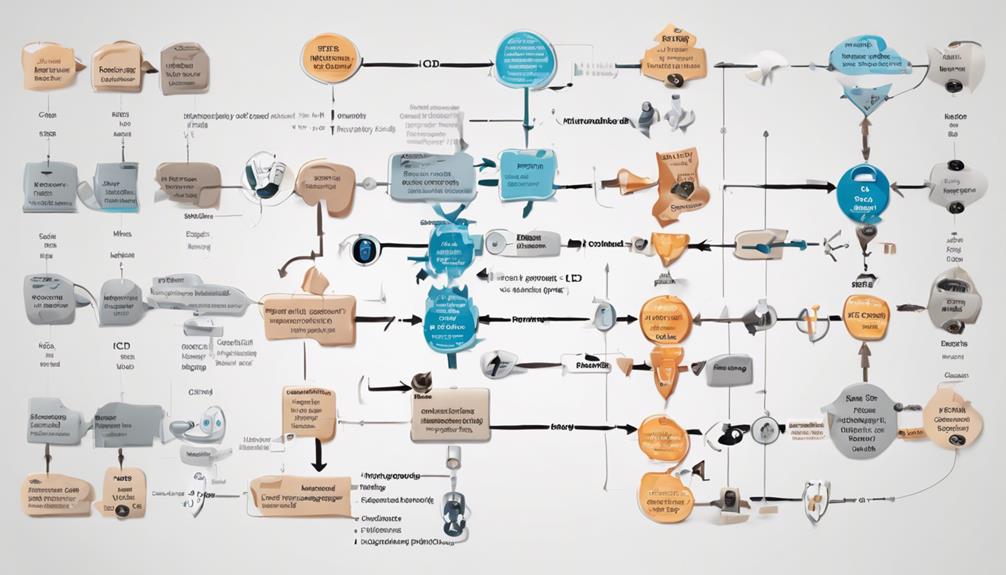
Outsource Strategies International, a distinguished medical billing and coding company, offers valuable assistance in accurate reporting for healthcare professionals dealing with coding complexities. Our headquarters are located at 8596 E. 101st Street, Suite H, Tulsa, OK 74133. For inquiries, feel free to contact us at (800) 670-2809 or via email at info@managedoutsource.com. Specific billing and coding queries can be faxed to (972) 466-5385.
At Outsource Strategies International, we focus on achieving sustainable improvements in medical billing processes to enhance efficiency.
Our team is dedicated to providing reliable resources for assistance in navigating the intricate landscape of medical coding, including finding the correct ICD-10-CM code for various conditions. By partnering with us, healthcare professionals can streamline their billing procedures and ensure accurate reporting.
Contact us today to discover how our services can benefit your practice by driving sustainable improvements in medical billing and coding processes.
Frequently Asked Questions
What Is the ICD-10 Code for Hearing Loss in the Right Ear?
We've got your answer!
The ICD-10 code for hearing loss in the right ear is H91.91.
Remember, it's crucial to specify the laterality when coding for hearing loss to ensure accuracy in documentation and billing.
This code falls under Diseases of the ear and mastoid process, excluding conditions like abnormal auditory perception.
Using the correct ICD-10 code, such as H91.91, guarantees proper identification of right ear hearing loss.
How Do You Code Hearing Loss?
When coding hearing loss, we ensure accurate placement within the Diseases of the ear and mastoid process category.
It's crucial to follow chapter-specific guidelines and crosswalks to ICD-9-CM codes for proper coding.
Verify diagnosis specificity to avoid claim denials.
Remember, we need to exclude conditions like abnormal auditory perception or impacted cerumen.
What Is the ICD-10 Code for Sensorineural Hearing Loss Unspecified?
When dealing with sensorineural hearing loss unspecified, it's crucial to use the correct ICD-10 code for accurate documentation and billing.
The code H90.3 is assigned to this condition in the right ear, falling under Diseases of the ear and mastoid process.
Using this code properly aids in managing and tracking cases effectively. It ensures patients receive the necessary care and attention for their specific diagnosis.
What Is the ICD-10 Code for Absence of Right Ear?
The ICD-10 code for absence of the right ear is Q17.1, falling under Congenital malformations.
Q17.1 specifies congenital absence of the external ear, involving the auricle, external auditory canal, or both.
Accurate documentation using this code is crucial for cases where a patient is born with a missing or undeveloped right ear.
Proper identification and tracking of congenital ear abnormalities are ensured by using Q17.1, aiding healthcare providers in managing cases involving the right ear.
Conclusion
In conclusion, mastering the ICD-10-CM code H90.41 for Sensorineural Hearing Loss, Unilateral, Right Ear is essential for accurate billing and coding practices.
By understanding the specific descriptors, documentation requirements, and reimbursement considerations outlined in this guide, healthcare professionals can ensure proper classification and avoid claim denials.
Utilizing the resources provided, such as crosswalks to ICD-9-CM codes, will further assist in navigating the complexities of coding right ear hearing loss effectively.


